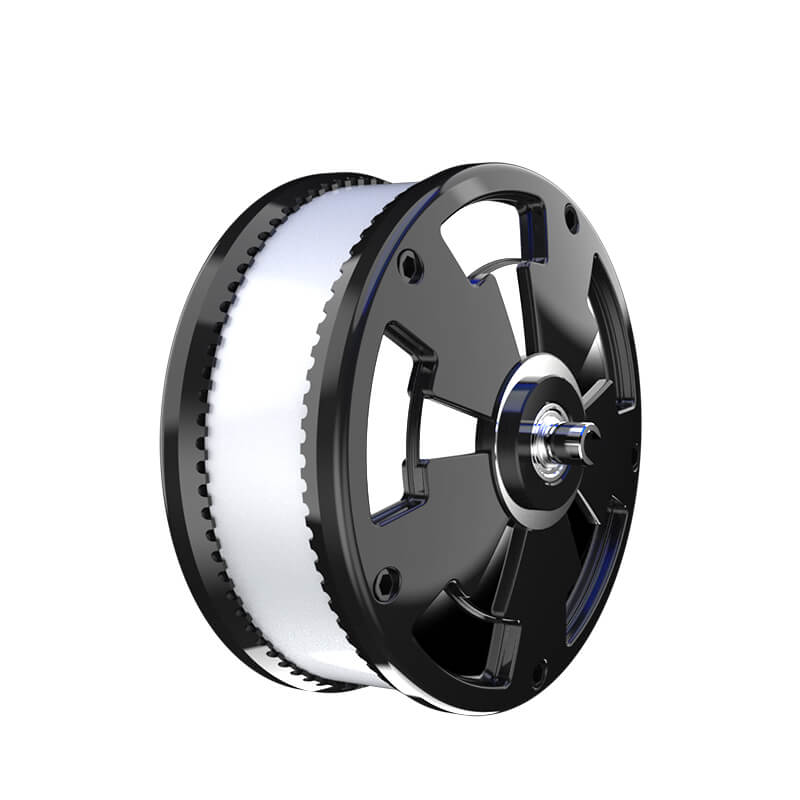Looking to add some life to your robot projects or DIY gadgets? Think about integrating a 9g micro servo—tiny, powerful, and surprisingly versatile. Ever wondered how to get that smooth, precise movement just right with your Arduino setup? That’s where a simple yet effective code kicks in, turning hardware into something truly responsive.

Imagine this: you’ve got a mini robotic arm or a camera tilt that needs quick adjustments on the fly. With a stock 9g micro servo, the key is in the code. You want it to respond in real-time, move smoothly from point A to B without jitter, and handle commands predictably. It's that delicate dance between hardware and software that makes everything click.
Now, about the code—don’t panic. It’s straightforward, almost like having a conversation with your project. Basic commands tell the servo when to start, stop, or go to specific angles. Want to control it with a potentiometer? Easy. Just read the sensor value and map it to a servo angle. Thinking of making a bouncing ball animation? Write a loop that sweeps back and forth, adjusting your servo’s position over small increments.
But what about performance? Some vectors are better than others. For instance, programming a smooth transition between positions involves gradual angle changes, rather than abrupt jumps. That’s where understanding PWM—pulse width modulation—comes into play. The servo interprets the PWM signals, and the precision of those signals directly influences how fluid the movement feels.
Ever ask yourself, "How precise can this get?" Well, with a little tweak here and there, you can achieve quite detailed control. Just think about a small sailboat’s rudder: a fraction of a degree of movement can alter its course. Your servo, controlled well, can do the same for intricate robotics or interactive art pieces.
Curious if transparent luck plays a part? Not entirely. With consistent wiring, proper power supply, and clean code, you get stable results. It’s almost like tuning a musical instrument—tiny adjustments deliver harmony. Struggling to calibrate? Adjust your delay timings or increase your PWM resolution until things feel just right.
And don’t forget—there’s a bit of fun mixed in. Making your project dance or react just right opens up a whole new world of creative possibilities. For example, connecting several servos to a single Arduino expands the complexity and control—turning your small project into a mini orchestra.
In essence, Arduino code for a 9g micro servo isn’t magic; it’s about understanding how to harness simple commands for big effects. You start with basic movements and gradually layer in finesse. Before you know it, your project stops feeling like a prototype and starts feeling alive.
Think about the endless ways you could customize your setup—perhaps a remote-controlled gadget, or a display that reacts to motion. The micro servo's role is deceptively simple but totally powerful. Just ask yourself: what’s the next step? Maybe a little experiment with different code snippets or a creative challenge to bring some personality to your build.
All in all, the joy is in playing—mixing code, hardware, and a splash of imagination. Turn a tiny servo into a big feature. That’s the kind of thing that turns a hobby into something really special.
Kpower has delivered professional drive system solutions to over 500 enterprise clients globally with products covering various fields such as Smart Home Systems, Automatic Electronics, Robotics, Precision Agriculture, Drones, and Industrial Automation.




































